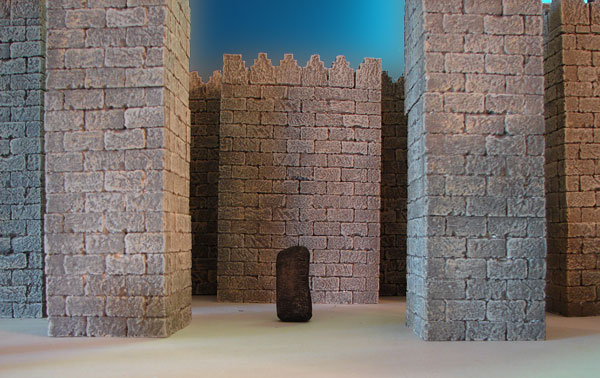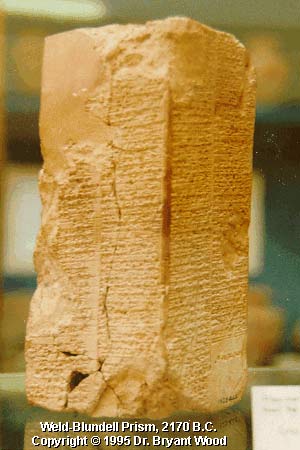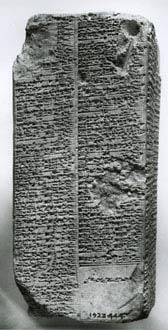|
|

The Weld-Blundell Prism is the most extensive surviving list of the rulers of ancient Iraq for the period from 3200 - 1800 BC. It contains an outlined history of the world written by a scribe named Nur-Ninsubur. He provides a list of the kings that reigned from the beginning of his race to the present time. Among the kings listed are 10 kings with extraordinary long life spans, and they existed before the flood. The Weld Prism discovery is important in the study of Biblical Archaeology because it confirms the Biblical account of longevity before the flood, and contains other similarities in its list of kings as well. "And all the days of Methuselah were nine hundred sixty and nine years: and he died." Genesis 5:27 Material - Baked Clay Prism
https://www.ashmol.ox.ac.uk/ash/faqs/q001/q001006.html Why is it so famous beyond the world of scholars?
|

